CFTR-mediated monocyte/macrophage dysfunction revealed by cystic fibrosis proband-parent comparisons
- PMID: 35315363
- PMCID: PMC8986072
- DOI: 10.1172/jci.insight.152186
CFTR-mediated monocyte/macrophage dysfunction revealed by cystic fibrosis proband-parent comparisons
Abstract
Cystic fibrosis (CF) is an inherited disorder caused by biallelic mutations of the CF transmembrane conductance regulator (CFTR) gene. Converging evidence suggests that CF carriers with only 1 defective CFTR copy are at increased risk for CF-related conditions and pulmonary infections, but the molecular mechanisms underpinning this effect remain unknown. We performed transcriptomic profiling of peripheral blood mononuclear cells (PBMCs) of CF child-parent trios (proband, father, and mother) and healthy control (HC) PBMCs or THP-1 cells incubated with the plasma of these participants. Transcriptomic analyses revealed suppression of cytokine-enriched immune-related genes (IL-1β, CXCL8, CREM), implicating lipopolysaccharide tolerance in innate immune cells (monocytes) of CF probands and their parents. These data suggest that a homozygous as well as a heterozygous CFTR mutation can modulate the immune/inflammatory system. This conclusion is further supported by the finding of lower numbers of circulating monocytes in CF probands and their parents, compared with HCs, and the abundance of mononuclear phagocyte subsets, which correlated with Pseudomonas aeruginosa infection, lung disease severity, and CF progression in the probands. This study provides insight into demonstrated CFTR-related innate immune dysfunction in individuals with CF and carriers of a CFTR mutation that may serve as a target for personalized therapy.
Keywords: Epigenetics; Macrophages; Monocytes; Pulmonology.
Conflict of interest statement
Figures

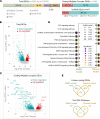

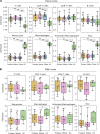
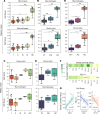
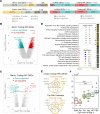
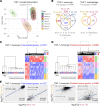
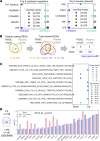
References
MeSH terms
Substances
Grants and funding
LinkOut - more resources
Full Text Sources
Medical
Molecular Biology Databases

